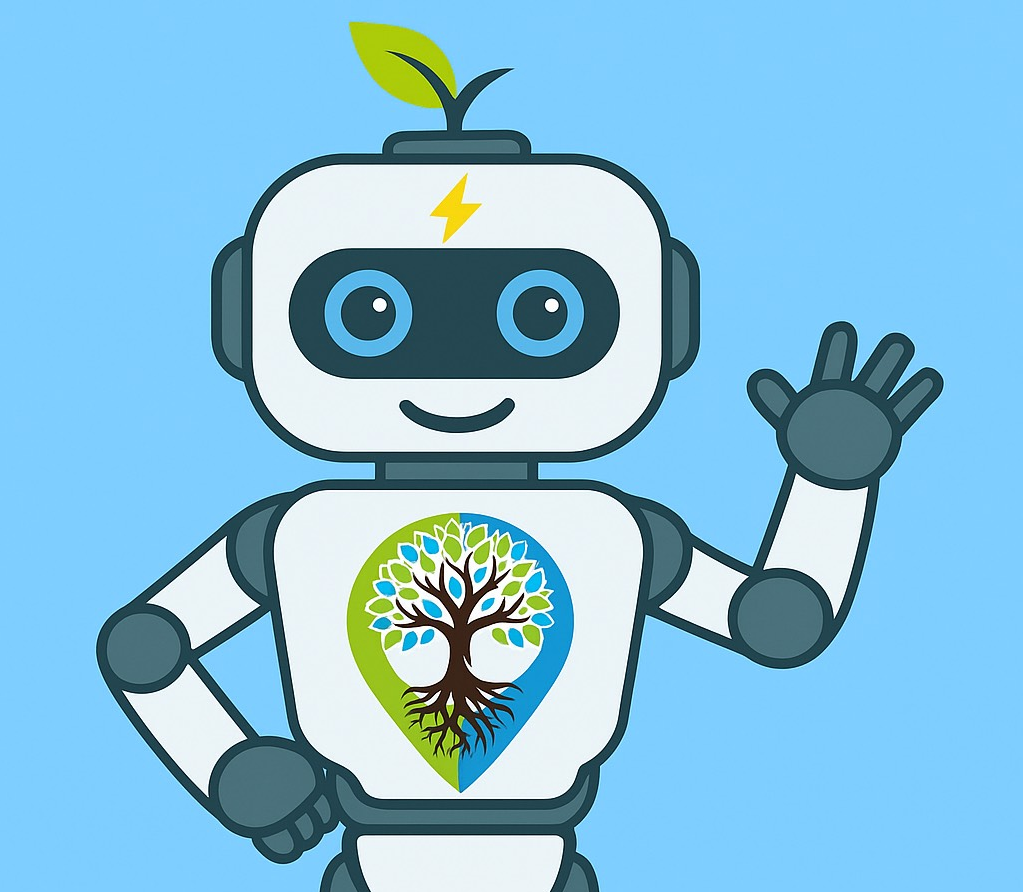Bipolar disorder is a complex mental health condition characterised by extreme mood swings, including emotional highs (mania or hypomania) and lows (depression). Recognising the symptoms is crucial for early intervention and effective management. This article explores the symptoms of bipolar disorder, supported by scientific research, to provide a thorough understanding of this condition.
Keywords: bipolar disorder symptoms, mental health, mood swings, mania, depression, Australian mental health
Overview of Bipolar Disorder
Bipolar disorder, previously known as manic-depressive illness, affects about 1-2% of the population worldwide (Grande et al., 2016). It typically manifests in late adolescence or early adulthood, though it can also appear in children and older adults. The condition is characterised by distinct periods of mania or hypomania and depression, which can severely impact an individual’s ability to function.
Symptoms of Bipolar Disorder
1. Manic and Hypomanic Episodes
Manic episodes are periods of abnormally elevated mood and high energy, often accompanied by risky behaviour. Hypomania is a less severe form of mania that does not include psychotic symptoms and is usually shorter in duration. According to the Diagnostic and Statistical Manual of Mental Disorders, Fifth Edition (DSM-5), the symptoms of mania include (American Psychiatric Association, 2013):
- Increased Energy or Activity: Unusual levels of energy and hyperactivity.
- Elevated Mood: An excessively happy or euphoric mood.
- Irritability: Heightened irritability or agitation.
- Decreased Need for Sleep: Feeling rested after only a few hours of sleep.
- Grandiosity: Inflated self-esteem or unrealistic sense of superiority.
- Talkativeness: Pressured speech and difficulty stopping talking.
- Racing Thoughts: Rapid and disjointed thinking patterns.
- Distractibility: Inability to focus on tasks.
- Impulsive Behaviour: Engaging in high-risk activities, such as spending sprees, reckless driving, or sexual indiscretions.
Hypomanic episodes share similar symptoms but are less intense and typically do not cause significant impairment in social or occupational functioning.
2. Depressive Episodes
Depressive episodes in bipolar disorder are marked by prolonged periods of sadness and loss of interest in activities. The DSM-5 outlines the following symptoms for a depressive episode (American Psychiatric Association, 2013):
- Persistent Sadness or Hopelessness: Feeling depressed most of the day, nearly every day.
- Loss of Interest: Markedly diminished interest or pleasure in almost all activities.
- Weight Changes: Significant weight loss or gain, or changes in appetite.
- Sleep Disturbances: Insomnia or excessive sleeping.
- Fatigue: Persistent tiredness or lack of energy.
- Feelings of Worthlessness or Guilt: Excessive or inappropriate guilt.
- Cognitive Impairments: Difficulty concentrating, making decisions, or remembering.
- Psychomotor Agitation or Retardation: Observable restlessness or slowed movements.
- Suicidal Thoughts: Recurrent thoughts of death, suicidal ideation, or attempts.
Types of Bipolar Disorder
Bipolar disorder is classified into several types, each defined by the pattern and severity of mood episodes:
Bipolar I Disorder
Characterised by at least one manic episode, which may be preceded or followed by hypomanic or major depressive episodes. The manic episodes in Bipolar I are severe and can significantly impact daily functioning.
Bipolar II Disorder
Involves at least one hypomanic episode and one major depressive episode, but no full-blown manic episodes. Bipolar II is often misdiagnosed as depression due to the absence of manic episodes.
Cyclothymic Disorder
A milder form of bipolar disorder, cyclothymic disorder is characterised by chronic fluctuating mood disturbances involving periods of hypomanic symptoms and depressive symptoms that do not meet the full criteria for a hypomanic or major depressive episode.
Diagnosing Bipolar Disorder
Diagnosis of bipolar disorder requires a comprehensive evaluation by a mental health professional. The assessment includes:
- Clinical Interviews: Detailed discussion of symptoms, family history, and personal history.
- Mood Charting: Tracking mood changes over time to identify patterns.
- Medical Examination: Ruling out other medical conditions that could cause similar symptoms.
- Psychological Assessments: Standardised questionnaires and scales to measure the severity of symptoms.
Treatment and Management
Bipolar disorder is a lifelong condition, but with proper treatment, individuals can manage their symptoms and lead fulfilling lives. Treatment typically includes a combination of:
Medications
- Mood Stabilizers: Such as lithium, to control manic and hypomanic episodes.
- Antipsychotics: For severe manic episodes or as mood stabilisers.
- Antidepressants: To treat depressive episodes, often in combination with a mood stabiliser to prevent triggering mania.
Psychotherapy
- Cognitive Behavioural Therapy (CBT): Helps individuals identify and change negative thought patterns and behaviours.
- Interpersonal and Social Rhythm Therapy (IPSRT): Focuses on stabilising daily rhythms and improving relationships.
- Psychoeducation: Educates individuals and families about the disorder and its management.
Lifestyle Modifications
- Regular Exercise: Improves mood and overall well-being.
- Healthy Diet: Supports physical and mental health.
- Sleep Hygiene: Establishing a regular sleep routine to prevent mood episodes.
- Stress Management: Techniques such as mindfulness, meditation, and relaxation exercises.
Conclusion
Bipolar disorder is a complex and multifaceted condition that requires a nuanced understanding of its symptoms and types. Early recognition and comprehensive treatment are crucial for managing the disorder and improving quality of life. If you or someone you know is experiencing symptoms of bipolar disorder, seeking professional help is an essential step towards effective management and recovery.
References
- American Psychiatric Association. (2013). Diagnostic and Statistical Manual of Mental Disorders (5th ed.). Arlington, VA: American Psychiatric Publishing.
- Grande, I., Berk, M., Birmaher, B., & Vieta, E. (2016). Bipolar disorder. The Lancet, 387(10027), 1561-1572.
- National Institute of Mental Health. (2021). Bipolar Disorder. Retrieved from https://www.nimh.nih.gov/health/topics/bipolar-disorder/index.shtml.
- Kupka, R. W., Altshuler, L. L., Nolen, W. A., Suppes, T., Luckenbaugh, D. A., Grunze, H., … & Post, R. M. (2007). Three times more days depressed than manic or hypomanic in both bipolar I and bipolar II disorder. Bipolar Disorders, 9(5), 531-535.
How to get in touch
If you or your NDIS participant need immediate mental healthcare assistance, feel free to get in contact with us on 1800 NEAR ME – admin@therapynearme.com.au.







